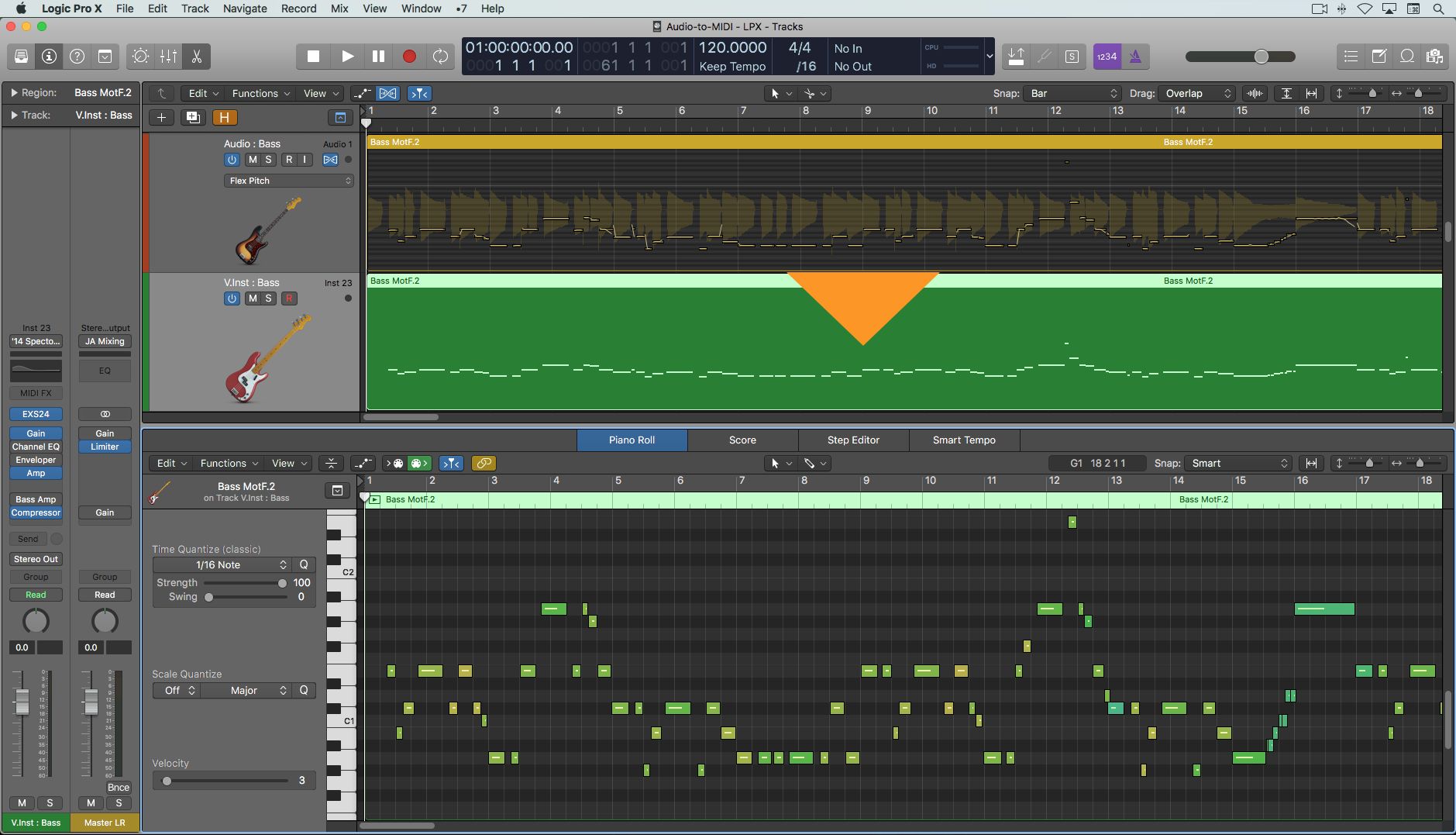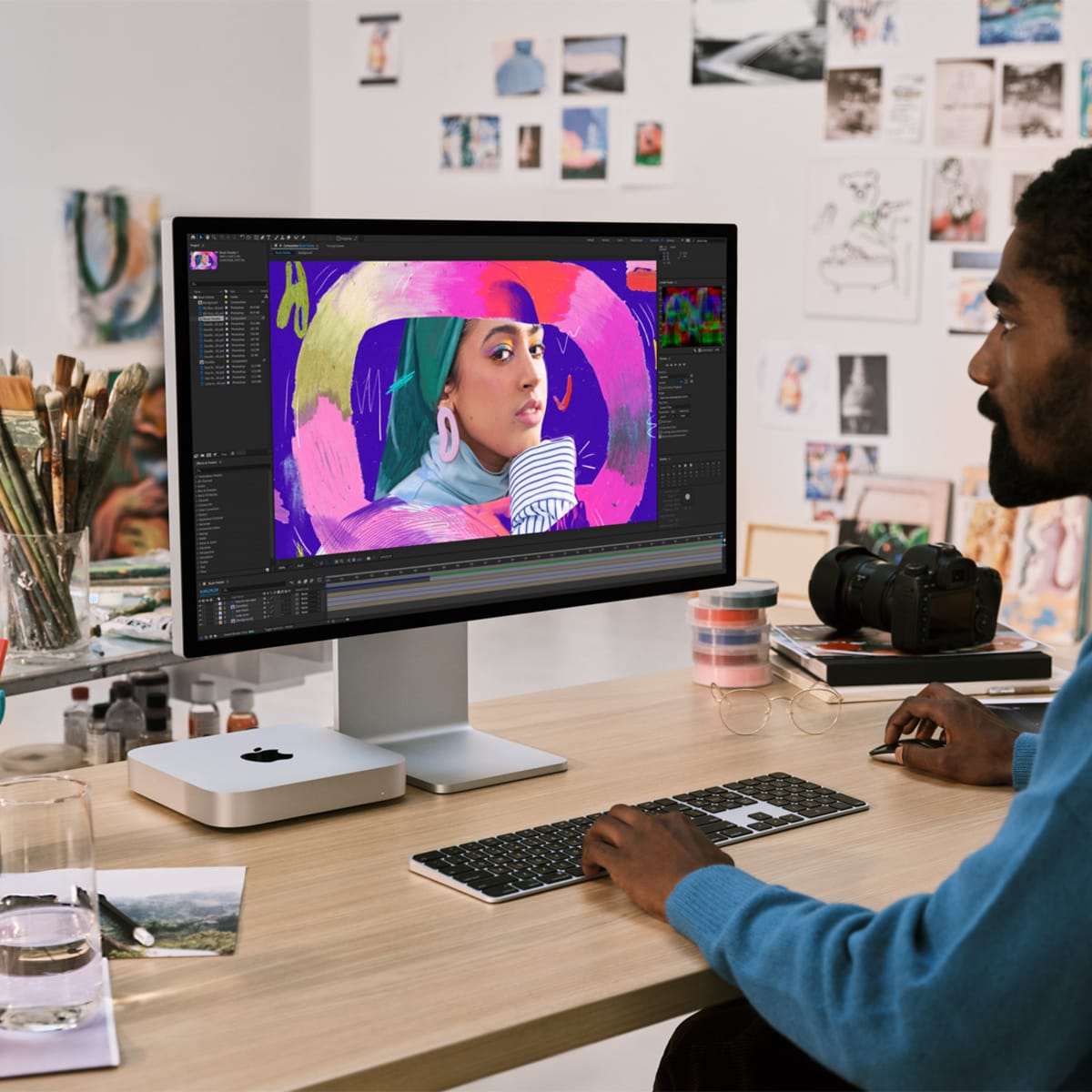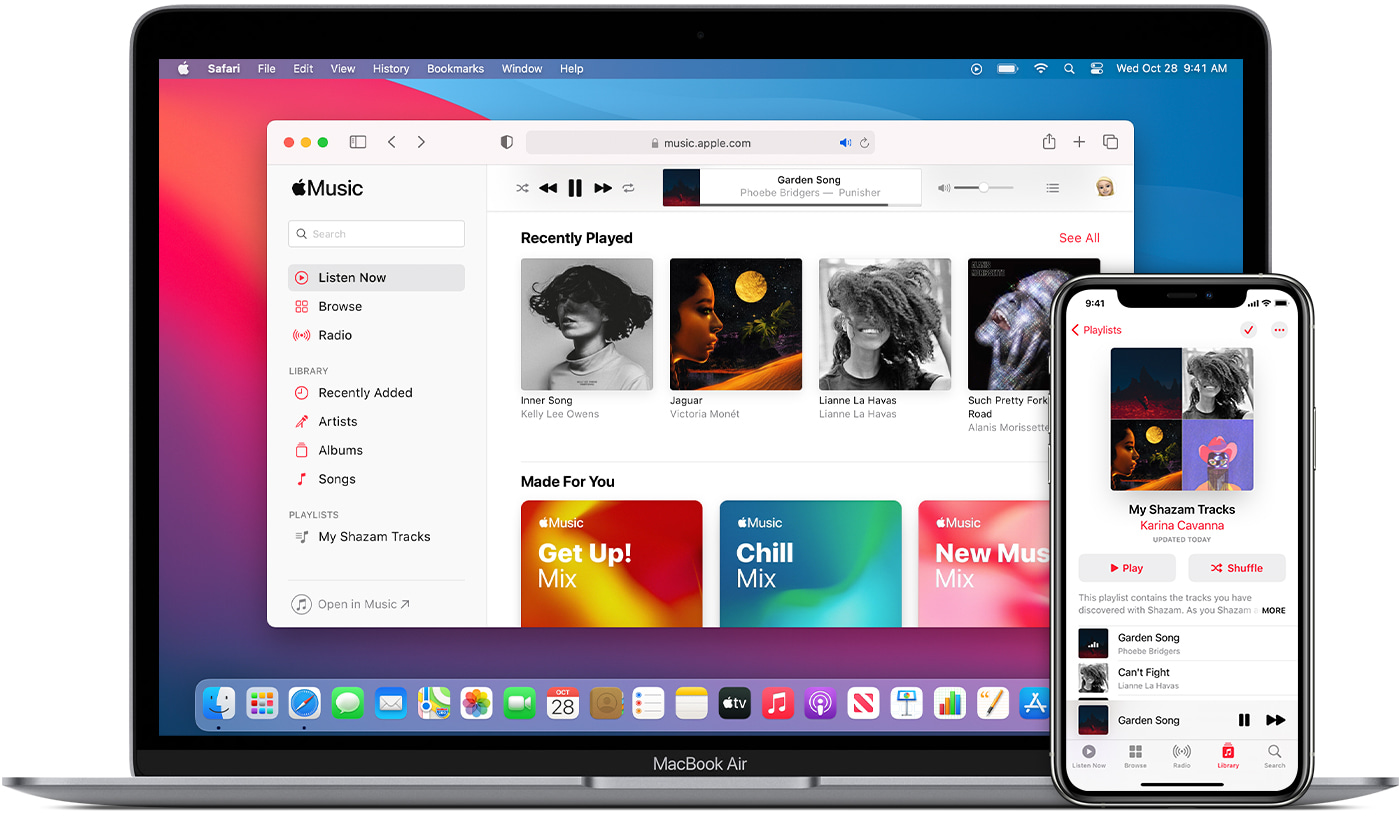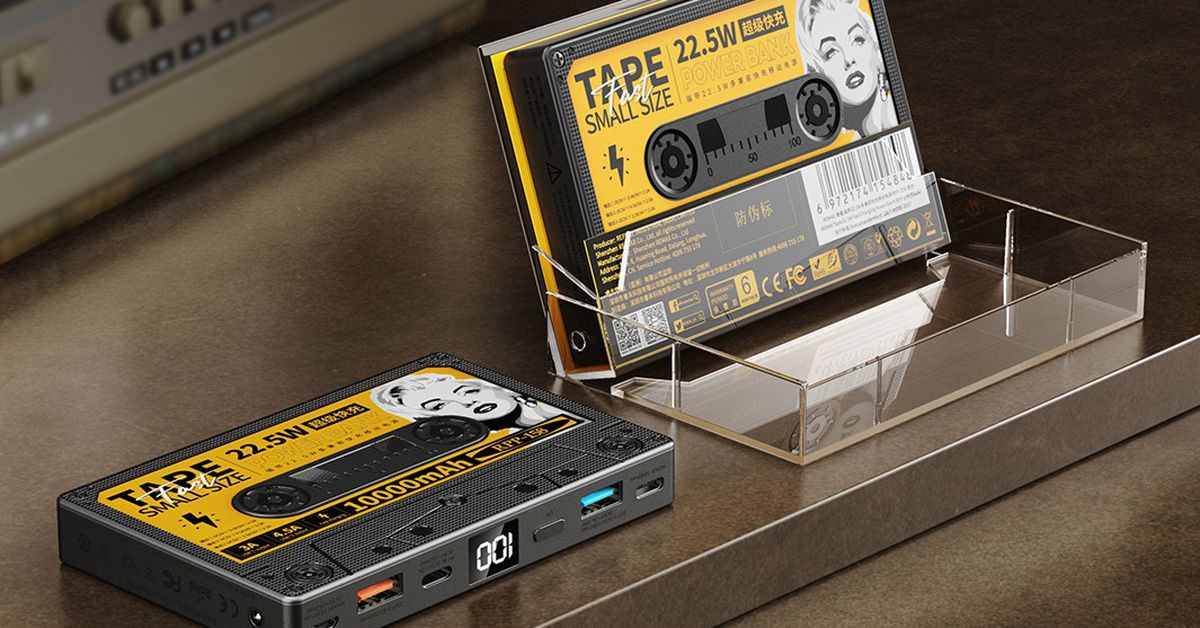Home>Production & Technology>MIDI>How To Convert MP3 To MIDI


MIDI
How To Convert MP3 To MIDI
Modified: February 22, 2024
Learn how to convert MP3 to MIDI effortlessly. Follow our step-by-step guide to easily convert your audio files to MIDI format.
(Many of the links in this article redirect to a specific reviewed product. Your purchase of these products through affiliate links helps to generate commission for AudioLover.com, at no extra cost. Learn more)
Table of Contents
Introduction
In the realm of digital music, the MP3 and MIDI file formats hold distinct places. MP3, a widely used audio format, is renowned for its high-quality sound and widespread compatibility across various devices. On the other hand, MIDI, which stands for Musical Instrument Digital Interface, is a versatile format that primarily contains instructions for musical notes, rather than actual audio data. This differentiation is crucial to understand when contemplating the conversion of MP3 to MIDI.
Converting MP3 to MIDI can be an intriguing endeavor, as it opens up a world of possibilities for musicians, producers, and music enthusiasts. The ability to extract the musical notes and nuances from an MP3 file and convert them into MIDI format can facilitate remixing, transposing, and reimagining musical compositions in a whole new light.
In this article, we will delve into the intricacies of converting MP3 to MIDI, exploring various methods and tools that enable this transformation. Whether you are a musician seeking to dissect a melody, a producer aiming to remix a track, or simply curious about the technical aspects of audio file conversion, this guide will equip you with the knowledge and resources to embark on this musical journey.
Understanding the underlying principles and techniques involved in MP3 to MIDI conversion is essential for achieving accurate and satisfactory results. As we navigate through the methods and tips for successful conversion, you will gain insights into the technical nuances and creative possibilities that this process entails. Whether you opt for online conversion tools or specialized software programs, the goal remains the same: to harness the power of technology to unlock the musical potential embedded within MP3 files.
Join us as we embark on a sonic exploration, unraveling the mysteries of MP3 to MIDI conversion and uncovering the transformative magic that lies at the intersection of digital audio and musical expression. Let's embark on this musical odyssey and unlock the potential of MP3 to MIDI conversion!
Understanding MP3 and MIDI
MP3 and MIDI are two distinct file formats that serve different purposes in the realm of digital audio. Understanding their unique characteristics is crucial for comprehending the complexities involved in converting MP3 to MIDI.
MP3: The Audio Standard
MP3, short for MPEG-1 Audio Layer 3, has become the de facto standard for digital audio due to its efficient compression and widespread support across devices and platforms. This format utilizes a lossy compression algorithm to significantly reduce the file size while retaining a high level of audio quality. As a result, MP3 files are ideal for storing and sharing music, podcasts, and other audio content.
MIDI: The Musical Instruction Set
In contrast, MIDI operates on a fundamentally different principle. Rather than containing actual audio data, MIDI files store instructions that govern musical notes, tempo, dynamics, and other performance parameters. Essentially, MIDI serves as a digital score or musical blueprint, allowing electronic instruments and software to interpret and reproduce the intended musical composition. This format's lightweight nature and interpretive flexibility make it invaluable for music production, sequencing, and live performances.
Contrasting Characteristics
The disparity between MP3 and MIDI lies in their inherent nature. While MP3 encapsulates audio waveforms, MIDI encapsulates musical instructions. This crucial dissimilarity underscores the challenge of converting MP3 to MIDI. Unlike simple file format conversions, such as converting a JPEG image to a PNG image, the transformation from MP3 to MIDI entails extracting musical elements from a compressed audio file and transcribing them into a set of digital instructions. This process involves intricate analysis of pitch, duration, and other musical attributes, presenting a unique set of technical hurdles to overcome.
The Conversion Conundrum
Given the contrasting foundations of MP3 and MIDI, the conversion process necessitates sophisticated algorithms and signal processing techniques to discern the musical elements embedded within an MP3 file. This intricate task involves identifying individual notes, rhythms, and nuances within the audio waveform and translating them into MIDI data. As such, successful MP3 to MIDI conversion requires a delicate balance of advanced audio analysis and musical interpretation, making it a challenging endeavor that continues to captivate musicians and technologists alike.
By grasping the fundamental disparities between MP3 and MIDI, one can appreciate the intricacies involved in converting between these formats. The journey from audio waveform to musical instructions is a testament to the fusion of technology and creativity, offering boundless possibilities for musical exploration and expression.
Methods to Convert MP3 to MIDI
Converting MP3 to MIDI presents a fascinating challenge, as it involves deciphering musical elements from an audio waveform and transcribing them into a set of digital instructions. While the conversion process is inherently complex due to the disparate nature of the two file formats, several methods and tools have emerged to facilitate this transformative endeavor. Let's explore the primary methods for converting MP3 to MIDI:
Using Online Conversion Tools
Online conversion tools offer a convenient and accessible means of converting MP3 to MIDI. These web-based platforms employ advanced algorithms to analyze the audio content of an MP3 file and generate a corresponding MIDI representation. Users can simply upload their MP3 files to the online tool, initiate the conversion process, and receive the resulting MIDI file for download. While online conversion tools provide a user-friendly interface and require no installation of additional software, it's important to note that the accuracy and quality of the conversion may vary depending on the specific tool used.
Using Software Programs
Specialized software programs designed for audio manipulation and music production also offer the capability to convert MP3 to MIDI. These programs leverage advanced audio analysis algorithms and signal processing techniques to extract musical elements from MP3 files and transcribe them into MIDI data. Additionally, they often provide a range of customization options and fine-tuning parameters to enhance the accuracy and fidelity of the conversion process. Popular digital audio workstations (DAWs) and music notation software are among the tools that support MP3 to MIDI conversion, catering to musicians, producers, and composers seeking precise control over the transformation of audio to musical instructions.
Manual Transcription and Interpretation
For intricate or nuanced musical passages, manual transcription and interpretation may be employed to convert MP3 to MIDI. This method involves meticulous analysis of the audio content by a skilled musician or transcriber, who listens to the MP3 file and manually transcribes the musical elements into MIDI notation. While this approach demands a high level of musical proficiency and attention to detail, it offers the potential for nuanced and expressive MIDI representations that capture the subtleties of the original performance.
Hybrid Approaches
In some cases, a combination of the aforementioned methods may be employed to achieve the desired MP3 to MIDI conversion. For instance, initial conversion using an online tool may be followed by manual refinement and interpretation to ensure the accuracy and musical fidelity of the resulting MIDI file. This hybrid approach leverages the strengths of automated algorithms and human interpretation, aiming to strike a balance between efficiency and precision in the conversion process.
By exploring these methods, individuals can choose the approach that best aligns with their specific needs and technical expertise, ultimately unlocking the transformative potential of MP3 to MIDI conversion. Whether opting for the accessibility of online tools, the precision of software programs, or the artistry of manual interpretation, the journey from audio waveform to musical instructions unfolds as a testament to the fusion of technology and creativity in the realm of digital music.
Using Online Conversion Tools
Online conversion tools have emerged as a convenient and accessible means of converting MP3 to MIDI, offering users a straightforward and user-friendly approach to this transformative process. These web-based platforms leverage advanced algorithms and signal processing techniques to analyze the audio content of an MP3 file and generate a corresponding MIDI representation.
The process typically begins by uploading the desired MP3 file to the online conversion tool, initiating the conversion process through a series of intuitive steps. Upon completion, the user can then download the resulting MIDI file, ready for further exploration and utilization in music production, remixing, or transcription.
One of the key advantages of using online conversion tools is the accessibility they provide. Users can seamlessly access these tools from various devices with internet connectivity, eliminating the need for specialized software installation or technical expertise. This accessibility makes MP3 to MIDI conversion more approachable for musicians, producers, and enthusiasts seeking to explore the creative possibilities inherent in digital music transformation.
Furthermore, online conversion tools often offer a streamlined and intuitive user interface, guiding users through the conversion process with clear instructions and prompts. This user-friendly design enhances the overall experience, making the conversion process more accessible to individuals with varying levels of technical proficiency.
While online conversion tools offer convenience and accessibility, it's important to note that the accuracy and quality of the conversion may vary depending on the specific tool used. Factors such as the underlying algorithms, audio analysis techniques, and processing capabilities can influence the fidelity and musical accuracy of the resulting MIDI file.
Therefore, when utilizing online conversion tools, it's advisable to explore multiple platforms and assess their performance in converting MP3 to MIDI. This approach allows users to identify tools that consistently deliver accurate and high-quality results, aligning with their creative and technical expectations.
In summary, online conversion tools provide a user-friendly and accessible avenue for converting MP3 to MIDI, leveraging advanced algorithms to facilitate the transformation of audio waveforms into musical instructions. By embracing these tools, musicians, producers, and music enthusiasts can embark on a musical odyssey, unlocking the transformative potential of MP3 to MIDI conversion with ease and accessibility.
Using Software Programs
Specialized software programs designed for audio manipulation and music production offer a robust and versatile approach to converting MP3 to MIDI. These programs harness advanced audio analysis algorithms and signal processing techniques to extract musical elements from MP3 files and transcribe them into MIDI data. With their comprehensive feature sets and customizable parameters, these software programs empower musicians, producers, and composers to exercise precise control over the transformation of audio to musical instructions.
Digital audio workstations (DAWs), renowned for their extensive capabilities in music production, often include functionality for MP3 to MIDI conversion. These multifaceted platforms provide a conducive environment for audio manipulation, enabling users to import MP3 files, analyze their musical content, and generate corresponding MIDI representations. Through intuitive interfaces and powerful processing capabilities, DAWs facilitate the seamless transition from audio waveforms to MIDI data, offering a comprehensive solution for musicians seeking to explore the creative potential of MP3 to MIDI conversion.
In addition to DAWs, specialized music notation software stands as a valuable resource for converting MP3 to MIDI. These programs are tailored to the intricacies of musical notation and interpretation, allowing users to import MP3 files and engage in detailed analysis and transcription. With features such as pitch detection, rhythm analysis, and note quantization, music notation software empowers users to achieve precise and musically accurate MIDI representations, capturing the nuances and expressive elements of the original audio content.
One of the key advantages of using software programs for MP3 to MIDI conversion lies in the level of customization and fine-tuning they afford. Users can leverage a range of parameters, such as pitch detection sensitivity, note duration thresholds, and dynamic range analysis, to tailor the conversion process to their specific musical requirements. This granular control enables musicians and producers to refine the accuracy and fidelity of the resulting MIDI files, ensuring that the converted musical instructions faithfully represent the original audio content.
Furthermore, the integration of software programs into established music production workflows enhances the overall efficiency and flexibility of MP3 to MIDI conversion. By seamlessly incorporating the conversion process into the broader framework of audio editing, composition, and arrangement, users can leverage the full spectrum of creative tools and resources available within these software environments, enriching their musical endeavors with the transformative potential of MP3 to MIDI conversion.
In summary, utilizing software programs for MP3 to MIDI conversion empowers musicians, producers, and composers with a comprehensive and customizable approach to extracting musical elements from audio files and transcribing them into MIDI data. Through the advanced capabilities and intuitive interfaces of these programs, users can embark on a musical journey, harnessing the transformative magic that lies at the intersection of technology and creativity.
Tips for Successful Conversion
Achieving a successful conversion from MP3 to MIDI hinges on a combination of technical acumen, musical insight, and attention to detail. As you embark on this transformative journey, consider the following tips to enhance the accuracy and fidelity of your MP3 to MIDI conversions:
-
Choose High-Quality Source Files: Begin with high-quality MP3 files that exhibit clear and discernible musical elements. Well-recorded and professionally produced audio content serves as a solid foundation for the conversion process, facilitating accurate analysis and transcription into MIDI data.
-
Optimize Audio Preprocessing: Prior to conversion, consider optimizing the audio content through noise reduction, equalization, and dynamic range adjustments. By enhancing the clarity and coherence of the audio waveform, you can improve the accuracy of the subsequent MIDI transcription.
-
Select Appropriate Conversion Tools: Whether utilizing online conversion tools or specialized software programs, explore and evaluate multiple tools to identify those that consistently deliver accurate and musically faithful MIDI representations. Consider the specific features, algorithms, and user feedback associated with each tool to make informed choices.
-
Fine-Tune Conversion Parameters: When using software programs for MP3 to MIDI conversion, leverage the available parameters to fine-tune the analysis and transcription process. Adjust settings related to pitch detection, note duration, and dynamic range to align the conversion with the musical nuances of the source material.
-
Verify and Refine MIDI Output: Upon obtaining the MIDI representation, carefully verify the accuracy and musical fidelity of the converted data. Listen to the MIDI playback and compare it to the original MP3 file, identifying any discrepancies or nuances that may require manual refinement or adjustment.
-
Leverage Manual Transcription When Necessary: For intricate musical passages or nuanced performances, consider employing manual transcription and interpretation to supplement automated conversion methods. A skilled musician or transcriber can capture the expressive elements and subtleties of the original audio content, enriching the resulting MIDI representation.
-
Iterate and Experiment: Embrace an iterative approach to MP3 to MIDI conversion, allowing for experimentation and refinement as you explore different tools, methods, and parameters. Iterative refinement fosters a deeper understanding of the conversion process and enables you to achieve increasingly accurate and expressive MIDI representations.
By embracing these tips, you can navigate the complexities of MP3 to MIDI conversion with confidence and precision, unlocking the transformative potential of digital audio manipulation and musical interpretation. As you engage in this creative endeavor, remember that each conversion presents an opportunity for artistic exploration and musical discovery, enriching your journey as a musician, producer, or enthusiast.
Conclusion
In the realm of digital music, the process of converting MP3 to MIDI unfolds as a captivating fusion of technology and creativity, offering musicians, producers, and music enthusiasts a gateway to transformative musical exploration. As we conclude our exploration of MP3 to MIDI conversion, it becomes evident that this process transcends mere file format manipulation, evolving into a testament to the intricate interplay between audio analysis, musical interpretation, and technological innovation.
The journey from MP3 to MIDI encapsulates a myriad of possibilities, from remixing and transposition to detailed musical analysis and transcription. It represents a convergence of digital audio manipulation and musical expression, enabling individuals to delve into the nuances of musical composition and unlock new dimensions of creativity. Whether through the utilization of online conversion tools, specialized software programs, or manual transcription, the conversion process beckons individuals to unravel the musical tapestries embedded within MP3 files, translating them into a rich tapestry of MIDI data.
As we navigate the complexities and nuances of MP3 to MIDI conversion, it becomes apparent that this transformative process demands a delicate balance of technical acumen and musical insight. It challenges us to discern individual notes, rhythms, and nuances within audio waveforms, translating them into a cohesive and expressive MIDI representation. The convergence of advanced algorithms, user-friendly interfaces, and creative potential underscores the transformative magic that lies at the intersection of digital audio and musical interpretation.
In essence, the journey from MP3 to MIDI transcends the realm of mere file format conversion, evolving into an odyssey of musical discovery and artistic expression. It invites individuals to embrace the fusion of technology and creativity, offering a gateway to reimagine, reinterpret, and rediscover the musical landscapes encapsulated within MP3 files. As we embark on this sonic exploration, we are reminded of the boundless potential inherent in digital music transformation, enriching our musical endeavors and inspiring new avenues of creative expression.
Ultimately, the journey from MP3 to MIDI stands as a testament to the enduring allure of music and technology, inviting us to unravel the mysteries of audio waveform interpretation and musical transcription. It beckons us to embrace the transformative potential of digital audio manipulation, nurturing a deeper appreciation for the intricate tapestries of sound that permeate our musical experiences. Through the convergence of technology and creativity, the journey from MP3 to MIDI becomes a testament to the enduring magic of music, offering a gateway to explore, innovate, and create in the ever-evolving landscape of digital audio.











